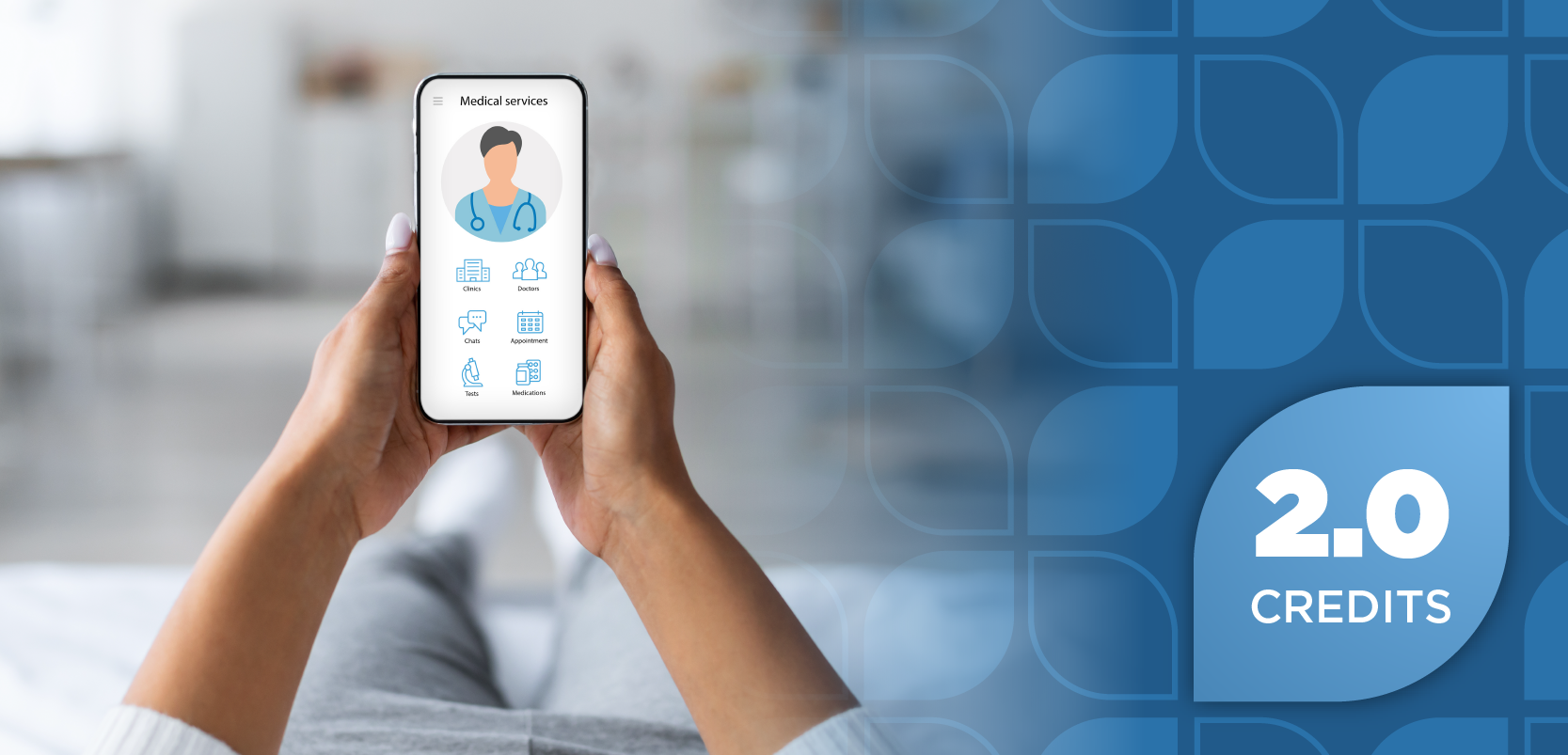Telehealth for Melanoma? Dermatologists Prove It Is Possible
Dermatologists have conducted a research study that proves "smartphone microscopes" can improve the detection of skin cancer in remote areas and in developing nations, where specialists are not as easily accessible to patients.
“Smartphone microscopes” used by doctors in remote areas can potentially make it easier for specialists to assess whether a dermal patch could be malignant.
Dermatologists at the University of Texas Health Science Center at Houston (UTHealth) have conducted a research study that proves these devices can improve the detection of skin cancer in remote areas and in developing nations, where specialists are not as easily accessible to patients. The authors used the smartphone microscope to evaluate over a 1000 dermatopathology cases, prospectively and in a blinded fashion. Standard light microscopy was simultaneously used on the specimens for comparison of results. The sensitivity and specificity for the diagnosis of melanoma, nonmelanoma skin cancers, and other miscellaneous conditions by the phone microscopy platform, as compared with traditional light microscopy, were calculated.
In their paper published in the
“We did a head-to-head comparison with a traditional light microscope and while the smartphone microscope wasn't as accurate it resulted in the detection of about 90 percent of the non-melanoma skin cancers,” said Jahan-Tigh, MD, assistant professor of dermatology at John P. and Kathrine G. McGovern Medical School at UTHealth and lead author of the study, in a statement. “This is a good first step to show that smartphone microscopy has a future in dermatology and pathology,” he added.
The authors write that their results demonstrate the potential for a high-performing, low-cost smartphone microscopy system in the diagnosis of cutaneous disease and that additional studies could help improve this modality for point-of-care diagnostics in resource-poor settings. They conclude that mobile phone—based microscopy has excellent performance characteristics for the inexpensive diagnosis of nonmelanoma skin cancers in a setting where a traditional microscope is not available.
Newsletter
Stay ahead of policy, cost, and value—subscribe to AJMC for expert insights at the intersection of clinical care and health economics.
Related Articles
 Insurance Coverage Improves for Same-Sex Couples, Yet Disparities Persist
Insurance Coverage Improves for Same-Sex Couples, Yet Disparities PersistSeptember 22nd 2025
 Identifying Barriers to Colorectal Cancer Screening for People With IDD
Identifying Barriers to Colorectal Cancer Screening for People With IDDSeptember 22nd 2025



















































